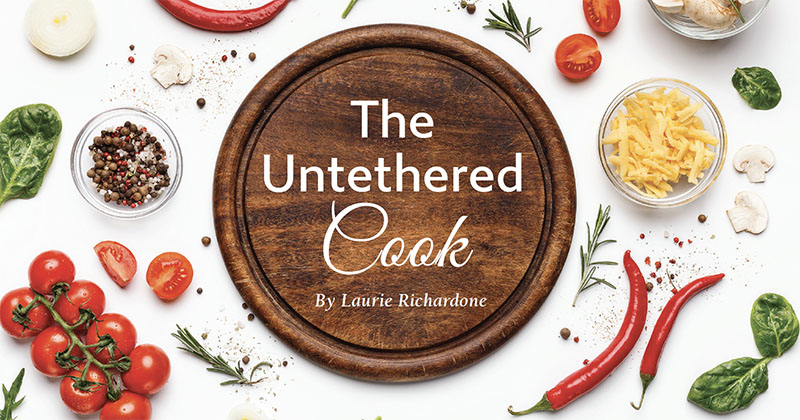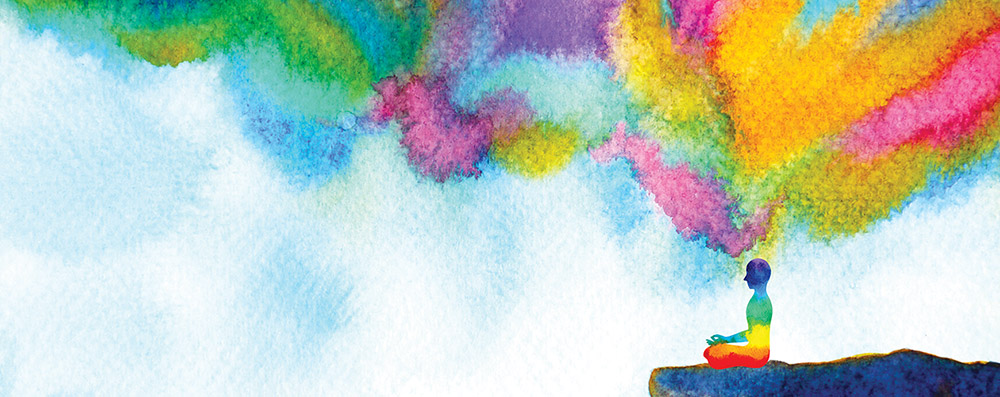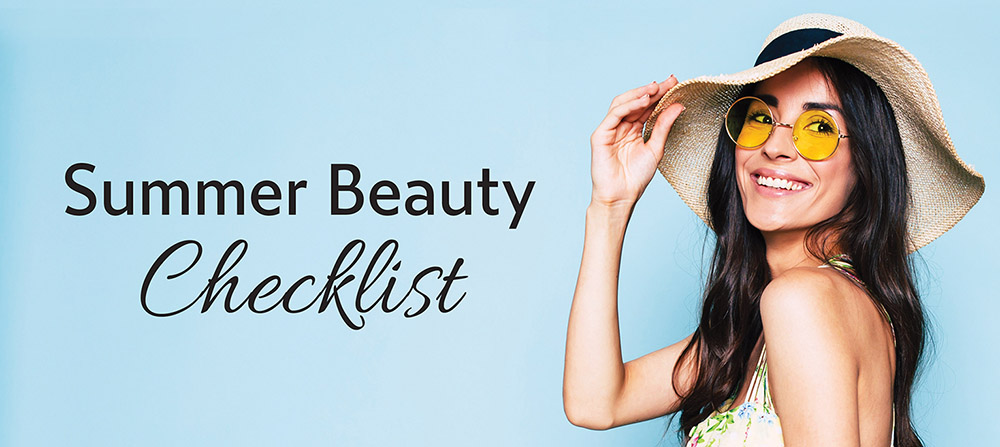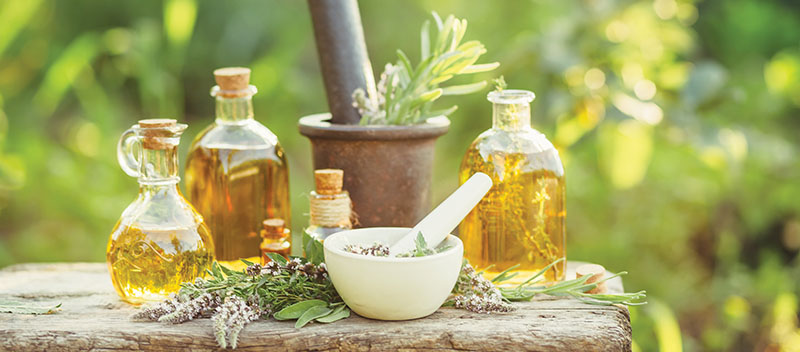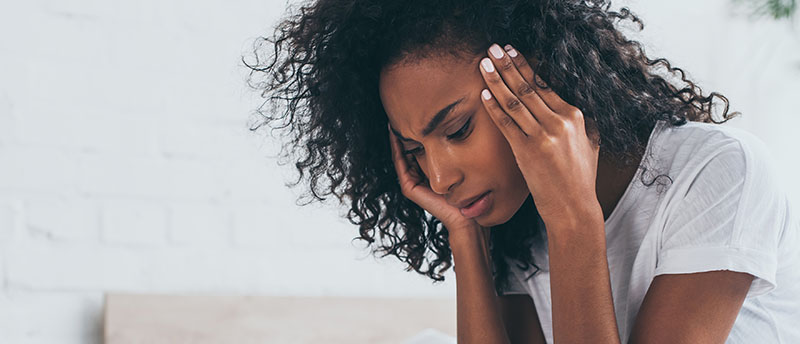
Common Migraine Triggers
Migraines cause excruciating pain and debilitating symptoms for millions of people and can have a devastating impact on quality of life. Learning to identify and avoid triggers is the key to preventing or reducing the frequency of migraine attacks. Here are some common triggers that could be causing your migraines.
Food
Food is a major migraine trigger for many people. Certain foods, such as coffee, red wine, chocolate and citrus fruits, are well-known triggers, but almost any food has the potential to cause negative reactions, including migraine, headaches, nausea, digestive problems and skin irritations. The best way to discover which foods are triggering your migraines is to keep a food diary.
Dehydration
Dehydration is another common migraine trigger and can be caused by a number of things, including inadequate fluid intake, strenuous exercise, excess salt consumption, vomiting, diarrhea, high fever and some medications. In addition, it’s important to stay hydrated during a migraine attack, as dehydration can increase pain sensitivity and make the symptoms worse.
Stress
Mental and physical stress can cause muscle tension in the shoulders, neck and jaw that restricts the flow of blood and causes pain. This muscle tension can trigger migraine and is difficult to treat, as pain-killing medication is often ineffective. Learning to relax is usually the best way to prevent stress-related migraines. Physiotherapy and some complementary therapies, such as deep tissue massage, acupuncture or acupressure, can also be useful for some people.
Screen Flicker
Smartphones, tablets, computers and television screens can also trigger migraines. Some people are sensitive to screen flicker, which can occur on smartphones, computer monitors and some television screens. Screen flicker may not be noticeable to the naked eye, but it can usually be seen when looking at the screen through a video camera. AMOLED (active-matrix organic light-emitting diode) displays are a big problem for some people, as this type of display flickers continuously. Screen glare is another common problem that can sometimes trigger ocular migraines and affect vision.
Fragrances
Some smells and fragrances can trigger migraines or make the symptoms worse. Chemicals and artificial fragrances, such as those found in air fresheners, cleaning products and perfumes, can cause nausea, headaches and other neurological symptoms, including dizziness and digestive problems. Using unscented products can make a big difference for some people. However, if you are unable to avoid the fragrances that cause your symptoms, your doctor may be able to refer you for treatment to help desensitize you to fragrances and other triggers.
Food, dehydration, stress, screen flicker and fragrances are common migraine triggers. However, each person reacts differently to potential triggers, so it can take time to work out what is causing your migraines. It’s important to seek medical advice and to get an official diagnosis, as migraine symptoms can sometimes be caused by an underlying health problem.

